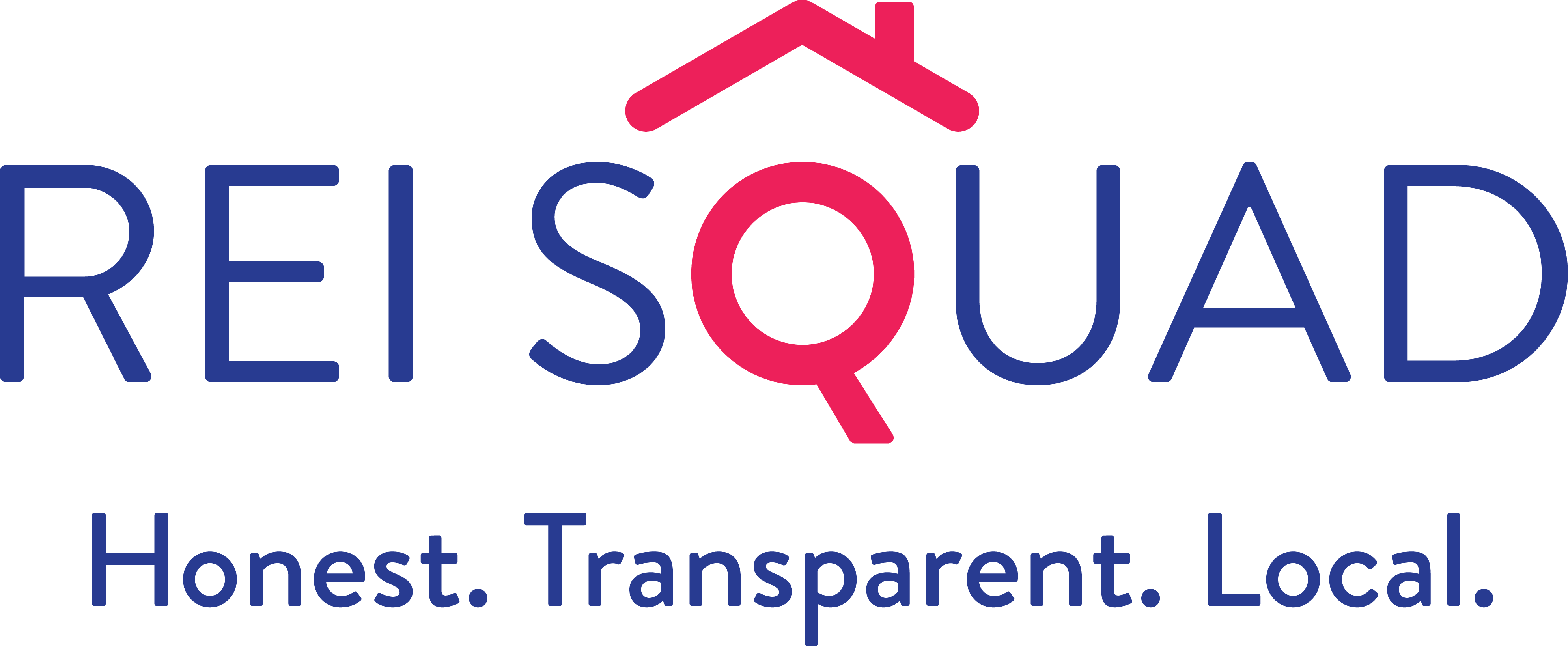What Not to Fix: A Pre-Foreclosure Guide to Selling Your Minnesota Home As-Is
Navigating a pre-foreclosure sale requires strategic decisions, particularly when it comes to deciding which repairs are worth your time and money. However, understanding what repairs to skip can save you significant resources while still ensuring a successful sale.
This guide will walk you through the essentials of selling your Minnesota home as-is, focusing on what truly matters to cash buyers and how to avoid unnecessary expenses.

Understanding As-Is Sales
What “As-Is” Really Means
Selling a home “as-is” means the property is sold in its current condition, with no obligation for the seller to make repairs or improvements. Buyers agree to accept the home with all its flaws, which can range from cosmetic issues to more significant problems. This approach is particularly appealing for homeowners in pre-foreclosure who need a quick sale.
Buyer Expectations
Cash buyers, who are often real estate investors, typically look for homes they can purchase quickly and at a discount. They expect some level of wear and tear but are generally focused on the property’s potential rather than its current state. Understanding this mindset can help you prioritize what truly needs attention.
Legal Requirements
While selling as-is allows you to skip most repairs, you are still legally required to disclose known material defects. In Minnesota, this includes issues like structural damage, water intrusion, or hazardous conditions. Refer to the Minnesota Attorney General’s Home Seller’s Handbook for detailed guidance on disclosure obligations.
Skip These Repairs
Cosmetic Improvements
Painting walls, replacing carpets, or updating light fixtures may seem like easy ways to boost appeal, but these changes rarely provide a good return on investment in an as-is sale. Cash buyers often plan their own renovations and won’t pay extra for cosmetic upgrades.
Non-Essential Updates
Avoid spending money on modernizing kitchens or bathrooms. While these updates can increase a home’s value in traditional sales, they are unnecessary when selling as-is. Buyers in this market are more interested in the home’s structure and location than its finishes.
Long-Term Maintenance Items
Repairs like replacing an aging roof or upgrading HVAC systems can be costly and time-consuming. Unless these issues pose immediate safety risks or violate building codes, they can be left for the buyer to address after purchase.
Focus Only on These Essentials
Safety Issues
Addressing safety concerns is critical for both legal compliance and buyer confidence. Fix hazards such as exposed wiring, broken steps, or mold infestations. These issues could deter even cash buyers if left unresolved.
Code Violations
Homes that don’t meet local building codes may struggle to attract buyers or close deals. Consult resources like the Minnesota Department of Labor and Industry’s building codes to ensure your property complies with essential regulations.
Deal-Breakers
Some issues, like severe foundation problems or major plumbing leaks, can scare off potential buyers entirely. While costly repairs should generally be avoided, addressing deal-breaking problems may be necessary to secure a sale.
Working with Cash Buyers
Typical Requirements
Cash buyers often focus on properties that require minimal paperwork and quick closings. They expect transparency about the home’s condition but are usually willing to overlook minor flaws in exchange for a lower price.
Negotiation Points
Be prepared for negotiations that focus more on price than repairs. Highlighting the home’s strengths—such as its location or potential—can help you justify your asking price despite its as-is condition.
Process Expectations
Selling as-is typically involves fewer contingencies and faster timelines compared to traditional sales. Ensure you have all necessary documents ready, including disclosures and title information, to streamline the process.
Skip the Fix Up: Your Fast Track to an As-Is Sale
Selling your Minnesota home as-is doesn’t mean settling for less—it means being strategic about where you invest your time and money. By focusing on essential repairs like safety issues and code violations while skipping non-essential updates, you can attract cash buyers who value speed and simplicity. Remember, understanding buyer expectations and legal requirements is key to navigating this process successfully.
If you’re ready to sell your home as-is for cash, focus on presenting it honestly and efficiently. With the right approach, you can achieve a fast sale without unnecessary stress or expenses.








